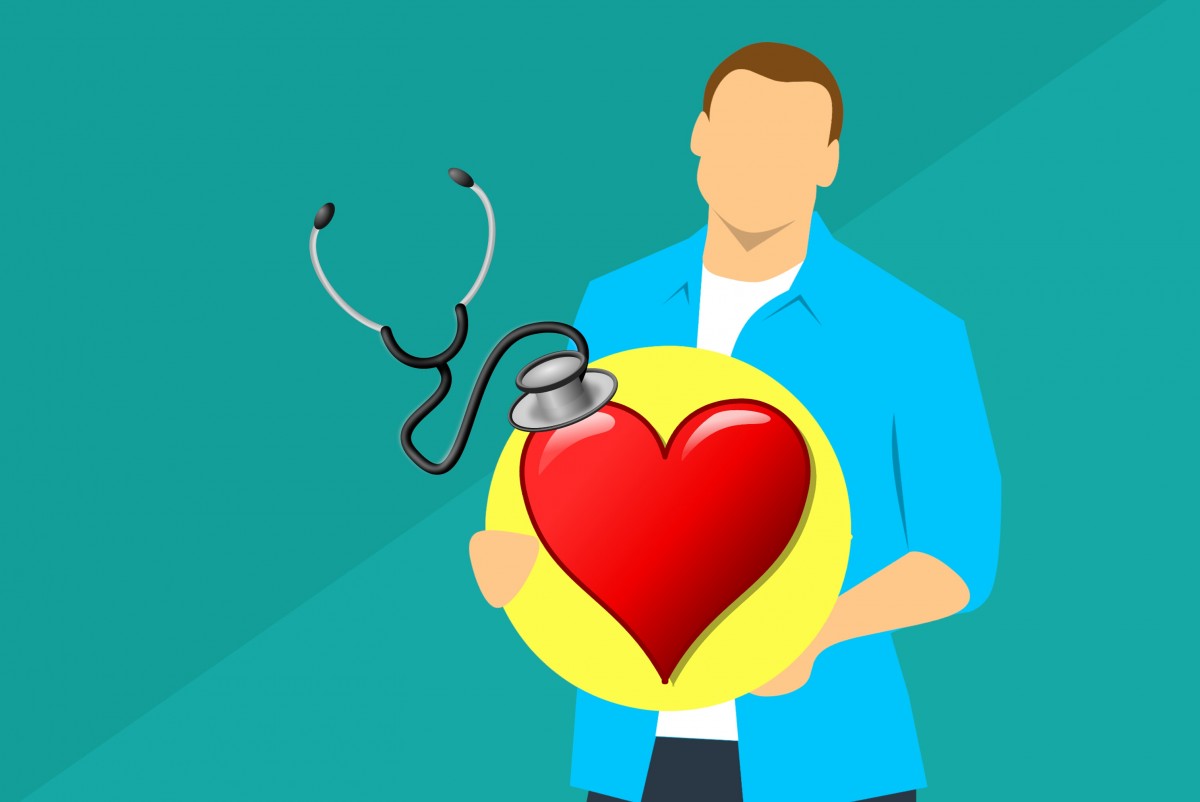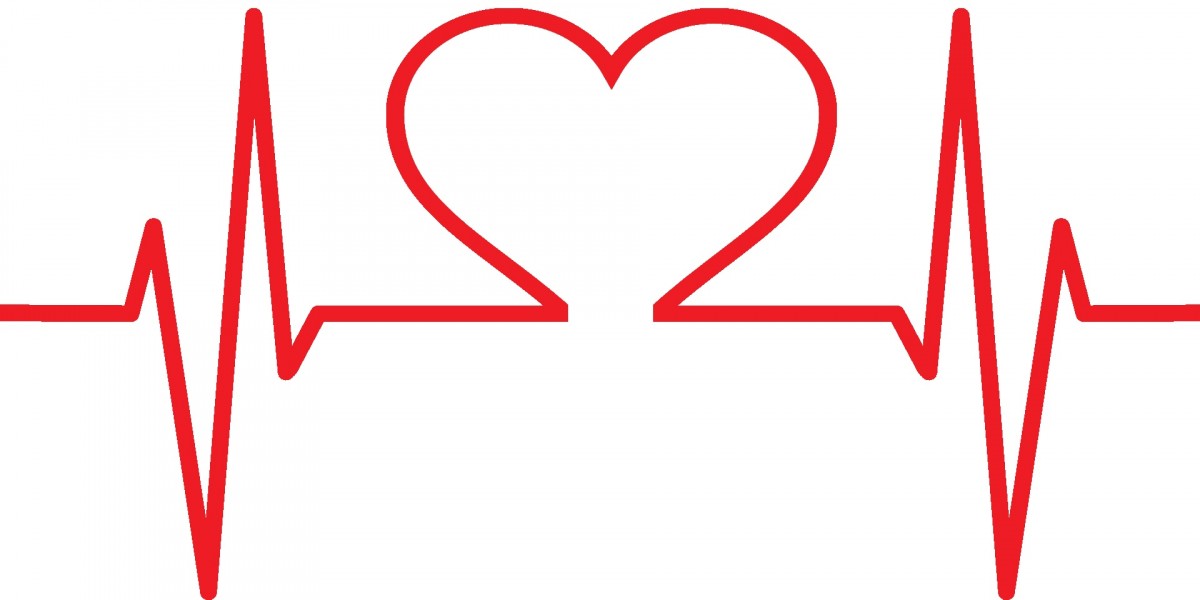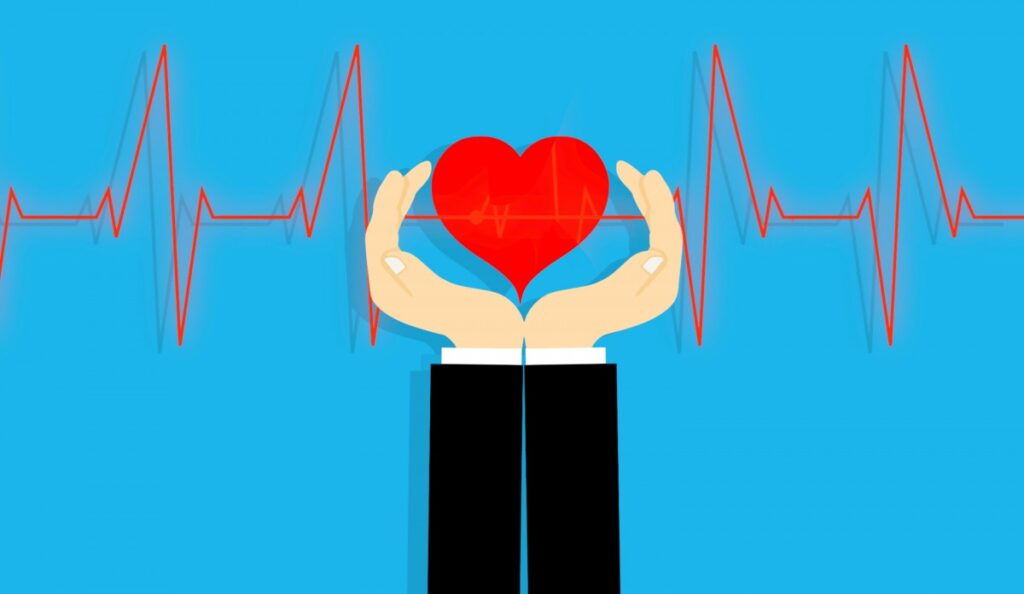The heart is the driving force of our body. Thanks to its pumping action, blood circulates and irrigates all the other organs. It is, therefore, essential to pamper it to limit the risks of cardiovascular diseases (responsible for thousands of deaths per year) and to live better and longer!
There are 2 types of factors that can affect these risks
– the risks induced by factors specific to our age and sex… as well as those linked to our family history;
– those depend on external factors linked to our lifestyle (stress, diet, physical activity…) and on which we can act!
1. Learn more about trans unsaturated fatty acids
Dietary fats are not inherently evil. Their impact on health is seriously questioned, and they have even been banned in some California school cafeterias. Well, not all of them! We must distinguish between saturated fatty acids and unsaturated fatty acids, which include trans fatty acids.
To reduce your risk of cardiovascular disease by 20%, limit your consumption of
– Fried foods: bugnes, doughnuts, churros, chips, etc.
– Repeat pies, cookies, and cakes!
– Dehydrated soups.
– Industrial puff pastries.
2. Track down added sugars
Added sugars are present in every supermarket department: jams, cereals, fruit juices, and even canned vegetables. They constitute an addition of sugar to the product in the form of natural carbohydrates (fructose, lactose) or not (table sugar, syrup, etc.).
Its addition is justified by the following:
– preservative in inevitable jams and jellies.
– the capacity to give good consistency to ice creams.
– Its function as a catalyst in the fermentation of alcohol and bread.
However, they cause a decrease in good cholesterol and a spike in insulin levels, blood pressure, and triglycerides.
Rediscover the pleasure of drinking water and reduce your consumption of prepared foods, which are often too rich in salt, fat, and added sugars: you will reduce your risk of heart attack by 30%!
3. Choose whole meal flour
It has become a habit for many: white rice, white bread, white pasta… These foods are made with white flour, i.e., flour made from wheat grains separated from the bran and endosperm during milling. These parts of the wheat germ contain many nutrients:
– The bran is rich in minerals, vitamin B, and fiber.
– The endosperm provides protein and carbohydrates.
By eating whole foods, you can prevent heart disease, which is 30% more common among consumers of white flour!
Good to know: look for “whole grains” or “whole wheat” on food labels.
4. Before salting, taste!
It’s a harmful reflex, and you know it: salting before tasting a dish is automatic and sometimes not justified.
Adding salt to your food is like the last straw that makes you hypertensive! Salt increases high blood pressure, and most of the time, this condiment is hidden in prepared meals, smoked meats, canned food, and industrial sauces. However, it is possible to replace salt with potassium salts. In general, eating a diet rich in potassium helps lower blood pressure.
Change your habits: your blood pressure can be reduced by half, and your heart can relax!
Good to know: a spoonful of coarse salt is much better than a teaspoon of fine salt.
5. Be serious about your health!

Many people skip out on their health care for economic or scheduling reasons. It’s true; right now, everything is fine, and you don’t have any pain! But the symptoms of your excesses can only appear once the disorder has taken hold.
If caught early, heart disease can be treated, and its effects are limited.
Think about that when you’re tempted to cancel your annual check-up!
6. Quit smoking
Cigarettes are a proven heart killer!
Smoking replaces oxygen in the blood with carbon monoxide, which causes cholesterol to be deposited in the bloodstream. Furthermore, smoking plays a major role in increasing heart rate.
By quitting smoking, you significantly reduce your risk of atherosclerosis, stroke, and heart attack.
7. Doing a “cardio” sport
Contrary to popular belief, so-called “cardio” sports do not damage the heart but rather make it more toned. Cardiologists recommend at least 60 minutes of physical activity per day for a strong heart!
However, endurance sports (or cardio training) must be practiced with moderation: the heart is a muscle! If it is overused, it can give out.
Choose what suits you best:
– cycling;
– hiking;
– swimming.
Note: On the other hand, the more time you spend watching television, the greater your risk of heart disease, according to a recent study by the University of Hong Kong Medical School.
8. Relax!
Although stress is not directly responsible for cardiovascular disease, it does increase blood pressure: a conflict with your spouse, a tense work situation, or a sick relative, all situations that can cause your heart to race.
In addition, stress can be linked to addictions (alcohol and tobacco) and a lack of control over the temptations of foods that are too fatty and too sweet, which constitute an explosive cocktail!
Good to know: beware of heavy alcohol consumption, which can lead to cirrhosis, a risk factor for hemorrhagic stroke.
To preserve your heart, it is, therefore, advisable to relax by practicing, for example:
– relaxation;
– yoga;
– meditation.
9. Monitor your cholesterol level
It is time that all adults keep track of their cholesterol levels. Yes, prevention is better than cure!
Bad cholesterol reduces the size of arteries by accumulating on their walls. This makes it difficult for blood to flow through and promotes the formation of clots.
Therefore, ask your general practitioner to take a yearly blood test to monitor this level.
10. Controlling your blood pressure

High blood pressure is the most important risk factor for stroke. It requires the heart muscle to work hard to move blood through our arteries and vessels.
Some figures (in systolic measurement system):
– Between 120 and 129, normal blood pressure.
– Between 130 and 139, high normal.
– From 140, we talk about hypertension.
Good to know: your doctor will never let you leave the office without taking your blood pressure.
11. Choose heart-healthy foods
Once you’ve cut out bad fats and added sugars from your diet, your body will be back in balance.
Keep up the momentum by eating fruits, vegetables, and fish!
– For every serving of fruit and vegetables, you reduce your risk of coronary heart disease by 4% and lower your bad cholesterol level.
– Fish is rich in omega-3, polyunsaturated fatty acids that counteract free radicals in your body (eating the equivalent of 100 g of sardines a day would reduce the risk of stroke, especially heart attack).
– Whole grains also reduce the risk of stroke.
In addition, a high iron level is a protective factor against coronary heart disease. Although this is especially true for genetically determined iron levels, nothing can stop you from increasing your intake of iron-rich foods.
In addition, according to a Spanish study, a diet rich in vitamin C could reduce the risk of dying from cardiovascular disease by 70%. To take advantage of this benefit, the researchers estimate that a minimum of 320 mg of vitamin C should be consumed daily.
Finally, you are the first actor to keep your heart pumping without any issues. However, monitoring your heart health can only be done by a practitioner. Consult your general practitioner every year to prevent any heart disease!


